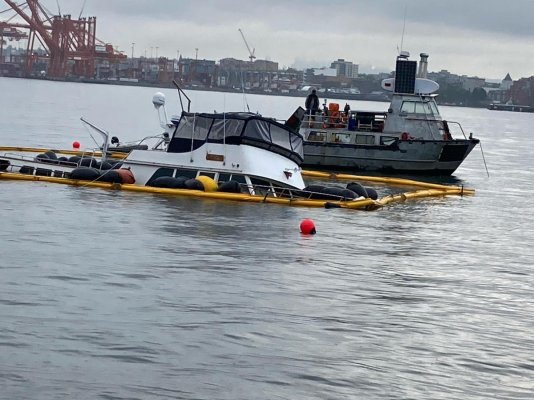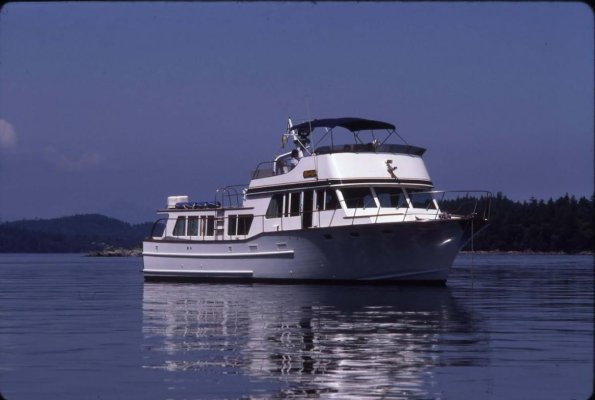In Vancouver Harbour a couple of days ago.
This 54' Monk woodie was, according to a friend's email, "on a sea trial, Operator noticed 3' of water in the main cabin, headed for the nearest beach".
Shaft seal let go?
Now the news is all about containing the "200l if fuel" I suspect more than 200 g in a boat that size.
This 54' Monk woodie was, according to a friend's email, "on a sea trial, Operator noticed 3' of water in the main cabin, headed for the nearest beach".
Shaft seal let go?
Now the news is all about containing the "200l if fuel" I suspect more than 200 g in a boat that size.


